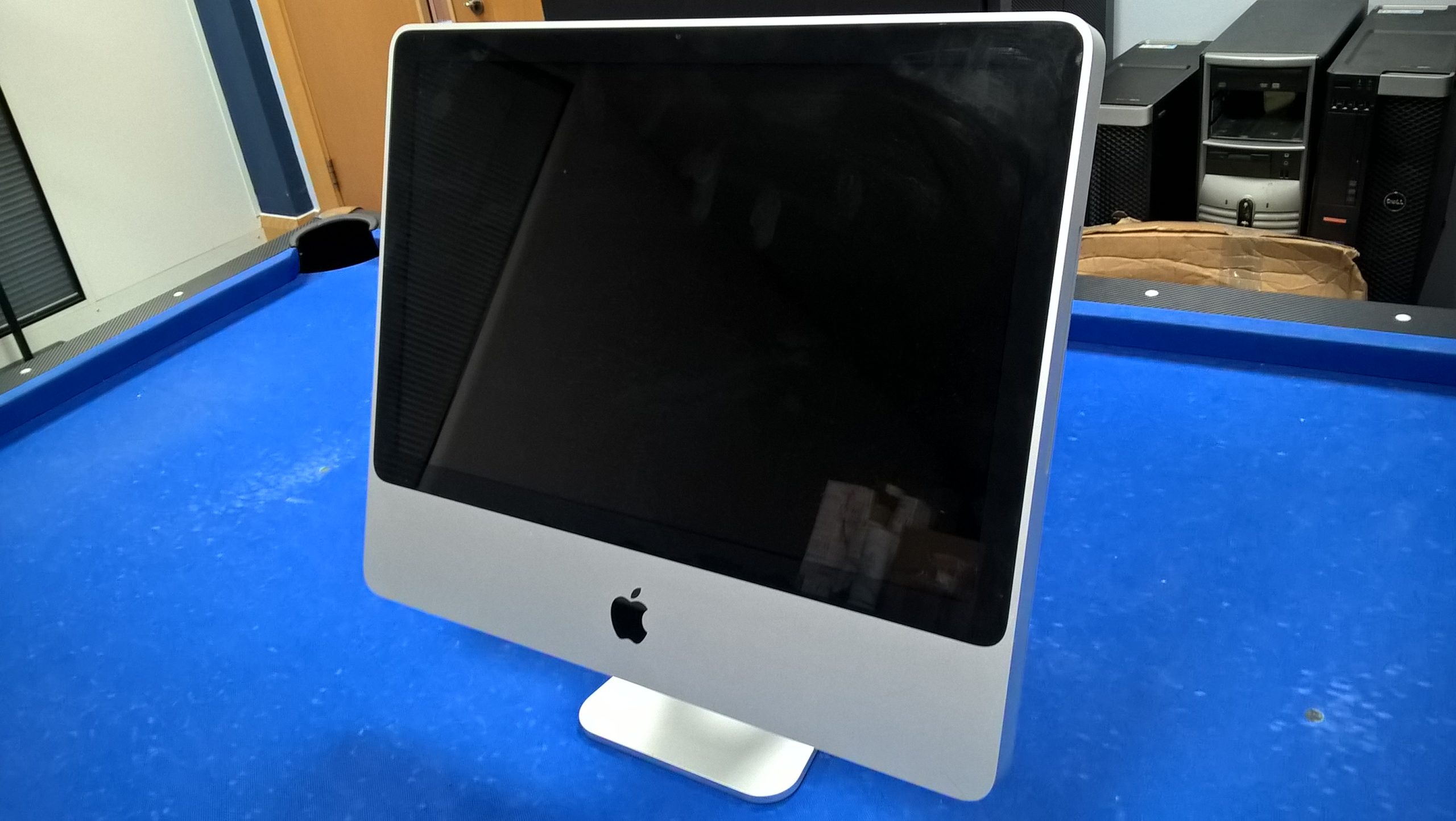Revolutionizing Cybersecurity: Insights from Google’s SecOps Innovations
In the ever-evolving landscape of cybersecurity, Google has emerged as a pioneering force, and their recent insights from the SecOps team are nothing short of remarkable. After delving into their latest write-up, I was captivated by their innovative approach to security operations.
Key Highlights from Google’s SecOps Strategy
-
Automation at Scale: It’s noteworthy that a staggering 97% of Google’s security events are managed by automated systems. Human analysts engage with only 3% of these events, showcasing the power of automation in threat detection and response.
-
Integrated Teams: Google’s detection team oversees one of the largest Linux fleets worldwide, achieving impressive dwell times of just a few hours. This fundamentally contrasts with the industry norm, often extending to several weeks. Furthermore, detection engineers are tasked with both writing and triaging alerts — an approach that eliminates silos between teams and fosters collaboration.
-
AI-Enhanced Efficiency: A standout achievement is their reduction of executive summary writing time by 53% through the implementation of AI tools. Remarkably, this efficiency gain does not compromise the quality of the reports generated.
A Shift in Perspective
What truly resonates with me is Google’s commitment to redefining security from a traditionally reactive function into a proactive engineering discipline. By prioritizing automation and coding skills over conventional security expertise, they challenge long-held beliefs about what it means to work in cybersecurity.
This leads me to ponder: Are traditional security roles evolving into engineering positions? As the landscape shifts, it seems increasingly plausible.
For those interested in staying updated on such discussions and insights, I invite you to subscribe to my weekly newsletter dedicated to cybersecurity leaders. Together, let’s navigate the transformative changes in our field. Subscribe here.
Share this content:




Thank you for sharing this insightful overview of Google’s SecOps approach. automation indeed plays a crucial role in modern cybersecurity, enabling rapid detection and response to threats while minimizing manual effort. If you’re looking to implement similar automation strategies, consider integrating reliable Security Information and Event Management (SIEM) systems with automated incident response workflows. Tools like Splunk, Elastic Security, or Microsoft’s Sentinel can help automate threat detection and trigger response actions based on predefined rules, thus increasing efficiency and reducing dwell times.
Additionally, leveraging AI and Machine Learning for alert triage and report generation—as Google does—can significantly enhance your security team’s productivity. Open-source solutions and commercial platforms offer AI modules that can analyze vast amounts of data and generate summaries, helping analysts focus on high-priority issues.
To stay ahead, it’s also beneficial to foster cross-disciplinary skills within your team, promoting coding and automation capabilities alongside traditional security expertise. This aligns with the trend of transforming security roles into more engineering-oriented positions.
If you need specific recommendations on tools, onboarding processes, or automation frameworks, please let me know—I’d be happy to assist further.